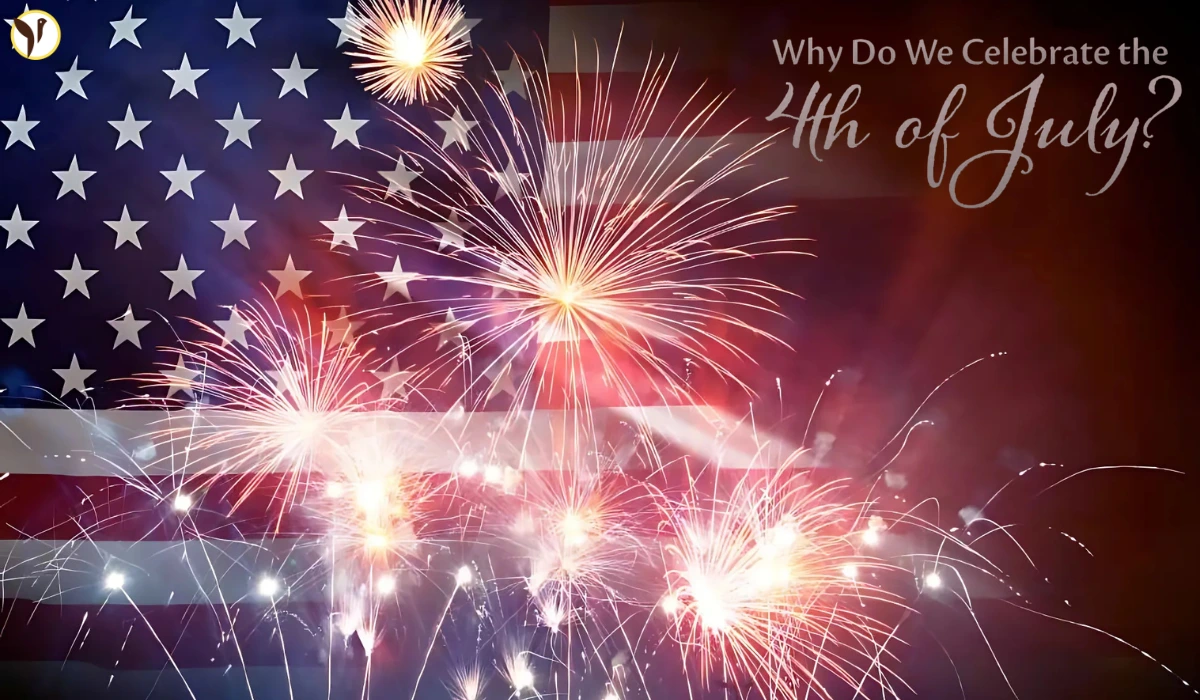On July 4th every year, Americans celebrate Independence Day with fireworks, celebrations, and parades. But this national holiday has a rich historical meaning beyond the fireworks, traditions, and celebrations.
July 4th is the anniversary of when the 13 American colonies created a new country free of British control in 1776. July 4th commemorates the adoption of the Declaration of Independence (DI) - a legal document which began the formation of a self-governing and free United States.
For over 200 years, July 4th has been celebrated as a reminder and reverence for the country's creation and the principled values that formed this great nation - freedom, equality, democracy, and prosperity.
The Fourth of July has its origins in the American Revolution, a war between the American Colonies and the British Crown that began as early as the mid-1700s. Following years of ever-increasing discontent over taxation and a lack of representation, the leaders of the colonies met and decided it was time to take the next step towards independence.
On July 4, 1776, the Second Continental Congress adopted the Declaration of Independence, mostly written by Thomas Jefferson, declaring they were no longer under the rule of England and they had the right to their own government.
It also expressly stated that all people have "unalienable rights," and those rights include life, liberty, and the pursuit of happiness. This message of personal freedom and self-governance became the foundation of the American identity.
The declaration was signed by 56 representatives of the colonies, including people who will be brazenly recognized: John Adams, Benjamin Franklin, and Jefferson himself. Although the Revolutionary War continued until 1783, July 4 represents the symbolic birthday of the United States.
Over the years, Independence Day has evolved into one of America’s biggest celebrations, not only because it is a great occasion to recognize the history of the country but also a great time to express patriotism and a sense of unity.
Common celebrations this day include:
- Fireworks displays across the country in: cities, towns, etc.…
- Parades with marching bands, veterans, and community organizations (eg. Police, Fire Department..)
- Gathering with families with barbeques, picnics, and outdoor time.
- Wearing patriotic colors of red, white, and blue.
Along with the events mentioned above, some communities also host concerts, read the Declaration of Independence, and naturalization ceremonies for new U.S. citizens.
Government offices, schools, and numerous businesses all close for this holiday, and many families take vacations or spend quality time at home to celebrate the time off.
While each person's way of celebrating the holiday may look different, the significance of the day is unchanged. It is a time to remember and reflect on the freedoms enjoyed by Americans today and on the hardships that made those freedoms possible.









